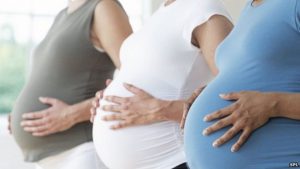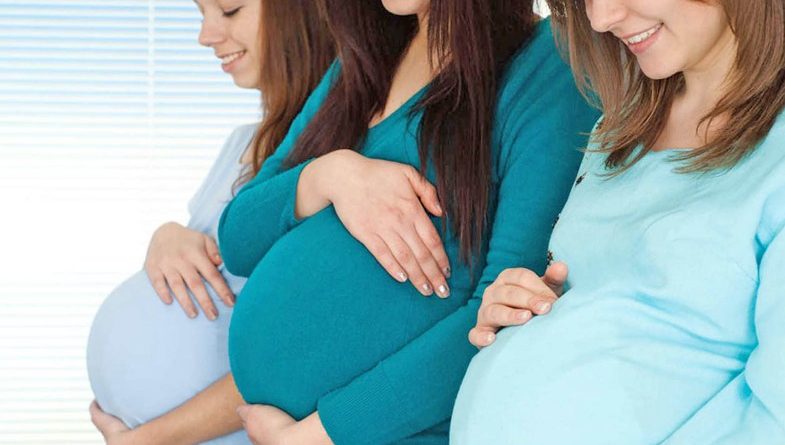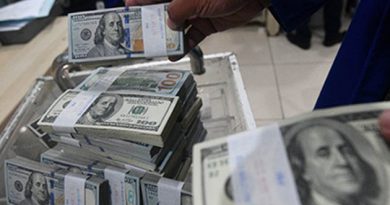Estimating Economics by Pregnancy Rates

The rate of women becoming pregnant begins to fall several months before the start of a recession, research from US academics suggests, reported by BBC.
Its authors said fertility rates might help predict economic downturns.
They were more accurate than some traditional indicators, they said.
The research shows the rate of conceptions stopped increasing and began to fall several quarters before the start of the last three recessions in the United States.
Economists are frequently criticised for failing to accurately predict the direction of economic growth. Increasingly they are looking beyond traditional measures such as manufacturing output, retail spending and house prices to help build a more complex and accurate picture.
“We think that the factors behind the last three recessions also had a profound and rapid effect on fertility decisions,” the report’s authors said, summarising their findings.
“In fact, these factors seem to have impacted fertility decisions before large parts of the economy.”
Surprisingly, he authors of Is Fertility a Leading Economic Indicator? tracked more than 100 million births in the United States between 1989 and 2016. They incorporated data on miscarriages and abortions.
It was already accepted that birth rates fall in a downturn, but Daniel Hungerman, Kasey Buckles and Steven Lugauer found that conception rates drop several months before other signs of a recession become visible.
“We were surprised when we saw [the correlation] and then we were surprised no one had noticed it before,” said Mr Hungerman.
The paper found rates of conceptions grew more slowly, followed by rapid falls in the rate of conception starting several quarters before recessions begin.
“The nature of each recession has differed and so what conversation goes on at the kitchen table might be different, but I do think that people talk about the future when they try to have a baby and in aggregate they seem to do a good job thinking about it,” says Mr Hungerman.
The paper says for example that in December 2007 a poll of business leaders found they were optimistic about the future, although it later transpired that by then the recession had begun.
At that point the growth in conception rates had already been falling for several months, with the decline starting several quarters before the collapse of Bear Stearns and Lehman Brothers.
Courtesy : BBC News



